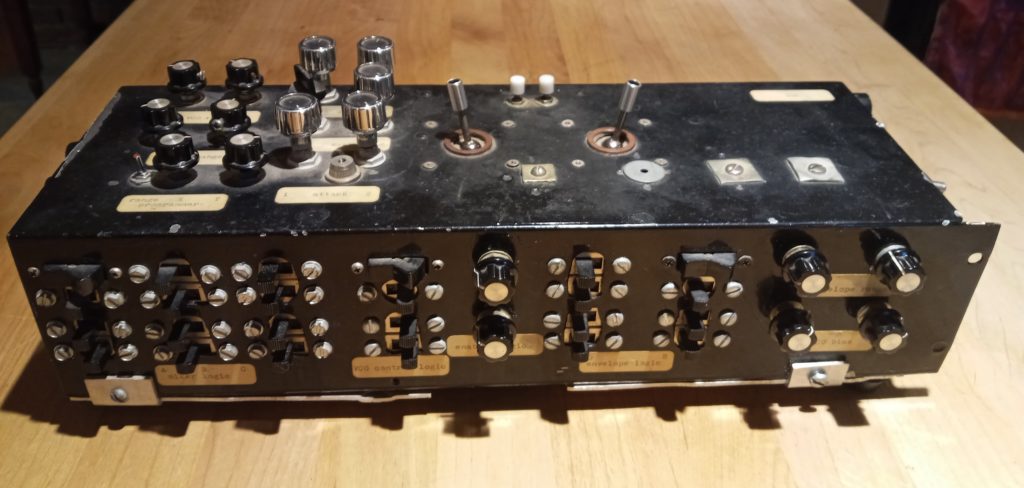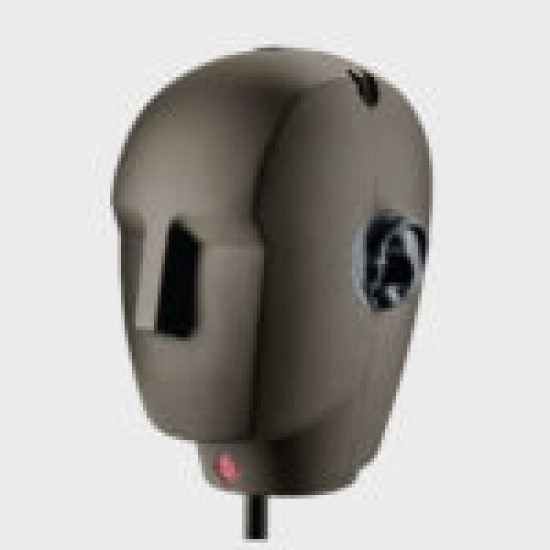The Box
Early 1980s DIY joystick-controlled synth based on video game sound chips. Six instruments; 4 pitched & 2 non-pitched.


ByJohn Bunge
The story
In the early 1980s I built a series of synths based on the Texas Instruments SN76477 video game sound chip, controlled by switches, knobs and joysticks. I had forgotten about them but in 2022 a friend revealed that he had kept them in his basement, and he sent them to me. Only one – the original prototype, called “The Box” – had survived well enough to be sampled. This is the result, via SampleRobot; I am very grateful to Christian Halten (of SampleRobot) for technical advice and encouragement. The 6 sample sets are 61-key, stereo, 20 seconds (nominally) with looping.
Reviews
This is magic. These sounds are special.
80's gaming bleep-bloop goodness.
I almost left a very different review.
I'm less familiar with Sforzando sampler, and struggled to load the sample sets described in the "Read Me" other than Steampunk, which initially left me confused and disappointed.
However, once I found the other .sfz files in the "The Box" folder, I found something quite beautiful, and sounds that are more authentically 80's than I may have ever come across in the world of virtual instruments.
The sample set for Pulsewidth is beautiful; pristinely 80's sounds with delightful depth. The Fastmod & Slowmod sample sets are equally gorgeous, with modulation running behind them to create sounds that are at once familiar and unique. I literally ached from wistfulness and nostalgia as I played them.
Randchop and Joysticks are just as distinct, but with a lean more toward sound effects. Joysticks, in particular, would be amazing for adding energy and excitement to a track with sparing use.
The Steampunk sample set is noise, although a more complex, stuttering noise than what we usually work with in synthesis. I can see Steampunk adding interest to a track without a listener being aware that it is there.
There are two controls within "The Box" that are mapped to Sforzando's "Volume" and "Pan" knobs (CC7 and CC10, respectively), but no additional controls within the instrument instance nor the larger Sforzando UI; Sforzando's "Effects" section does not appear to have any effect on the sounds I am hearing. There's a deep selection of reverb presets available, but they all sound the same. EQ, damping, detune, similarly have no effect, which remains a small disappointment for me.
Regardless, I love this instrument. I feel like John Bunge has bottled a moment in time and shared it with us all.
